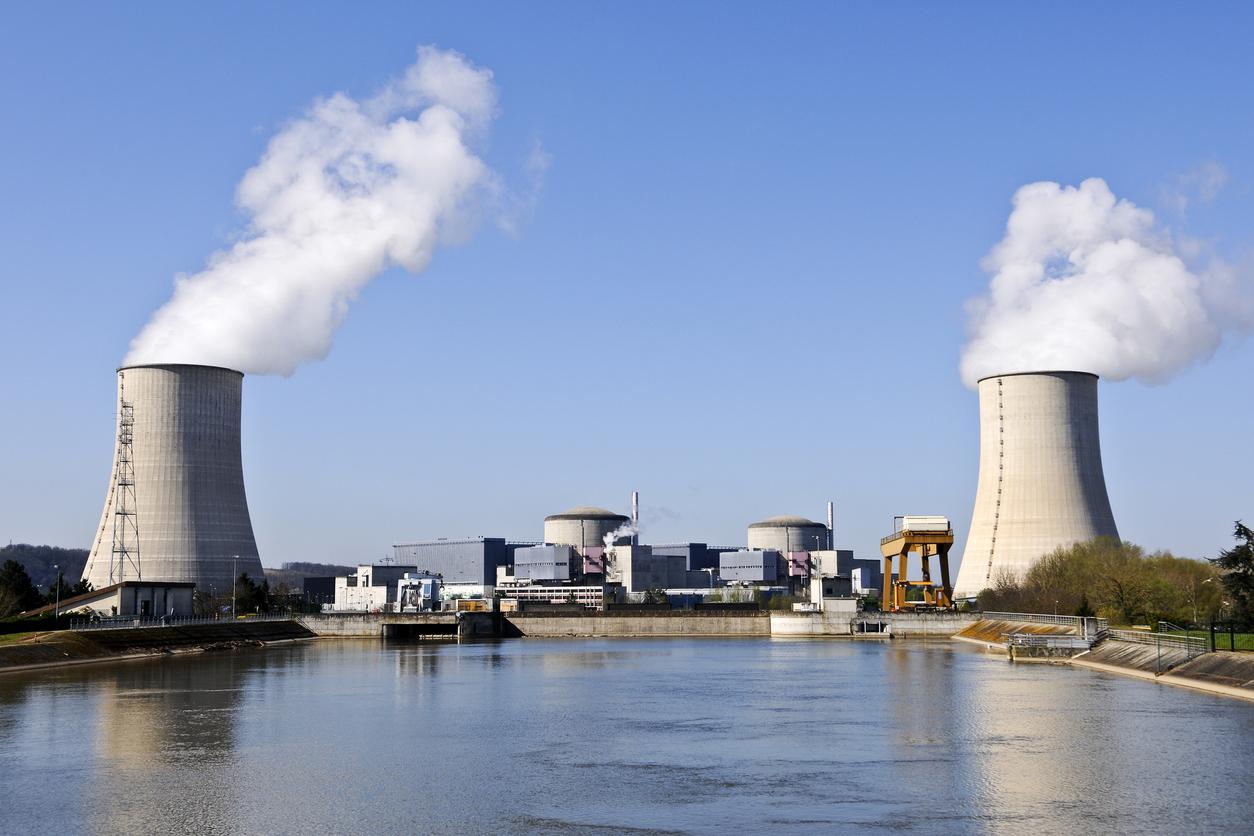
Often defined as the disease of our century, cancer is nevertheless a disease that was already present in medieval times. This is what researchers from the British University of Cambridge demonstrate in a new study published on May 4 in the journal Cancer. According to them, the prevalence of cancer in medieval times is about ten times higher than what was thought until today.
UK study reveals prevalence of cancer in pre-industrial populations
Researchers at the British University of Cambridge recently looked at the prevalence of cancer in pre-industrial populations. Published May 4 in the journal Cancer, the study results show cancer was much more common in medieval Britain than previously thought. Indeed, the researchers reveal an estimated minimum prevalence of 9% to 14% of adults in pre-industrial populations.
To reach this conclusion, the scientists analyzed 143 skeletons from 6 cemeteries in the Cambridge area dating from the 6th-16th century period. This is the first-ever study to use X-rays and CT scans to create a plausible estimate of cancer prevalence in pre-industrial populations.
The prevalence of cancer in medieval times until then underestimated
Faced with this finding, researchers estimate that the prevalence of cancer in medieval times was about ten times higher than previously thought. And for good reason, previous studies had already shown that cancer was a rare disease and that it affected, at the time, less than 1% of the population. However, these studies focused only on observing the outside of the bone to find lesions. According to study co-author Dr Jenna Dittmar, “Thanks to the CT scan, we were able to see cancerous lesions hidden inside a bone that looked quite normal on the outside.”
These new data have thus made it possible to demonstrate a prevalence of cancer in medieval times which had until then been underestimated. According to Jenna Dittmar, “ Until now, the most important causes of ill health among people in the Middle Ages were thought to be infectious diseases such as dysentery and bubonic plague, as well as malnutrition and injuries from accidents or war. […] We must now add cancer as one of the main classes of diseases that afflicted people in the Middle Ages. “.
Cancer prevalence increased during the intervening period
While the prevalence of cancer in medieval times is higher than previously thought, the current prevalence is 40-50% for modern Britain. In addition, cancer is 3-4 times more common these days. The authors explain it by the omnipresence of pollutants since the industrial revolution, the spread of viruses that trigger malignancy or by a longer life expectancy.
The authors of the study conclude as follows: “ Our comparison of medieval data with cancer prevalence during the 20th century indicates that cancer prevalence increased during the intervening period. If it has gone from 9% to 14% of adults in medieval times to 40% to 50% in modern times, this raises the question of whether it will continue to increase its prevalence in the future. Only time will tell “.

















